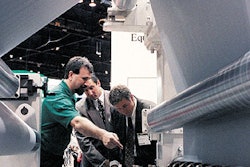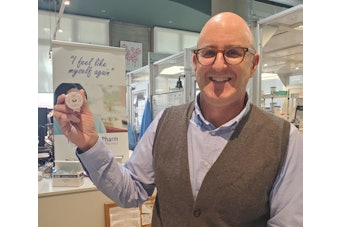Time for an e-pedigree system for packaged drugs
"It really is about time we got some form of e-pedigree system in place" for drug products, states Bryan Liang, law professor, medical professor, and Vice President of the Partnership for Safe Medicine. He describes the Partnership for Safe Medicine as "a group of organizations and individuals dedicated to ensuring the safety of the drug supply," including physician, pharmacist, university, industry, and other professional organizations. The partnership has been heavily involved in advocating for a pedigree system to thwart counterfeiting and diversion, but it wants a workable system.
Mar 13, 2008
Researched List: Blister Machines for Life Sciences
Need a blister machine for life sciences packaging? Our curated list features companies serving pharmaceutical, medical device, nutraceutical, and cosmetic industries. Download to access company names, locations, machine specifications, descriptions, and more.
Download Now
List: Digitalization Companies From PACK EXPO
Looking for CPG-focused digital transformation solutions? Download our editor-curated list from PACK EXPO featuring top companies offering warehouse management, ERP, digital twin, and MES software with supply chain visibility and analytics capabilities—all tailored specifically for CPG operations.
Download Now
Downloads

















